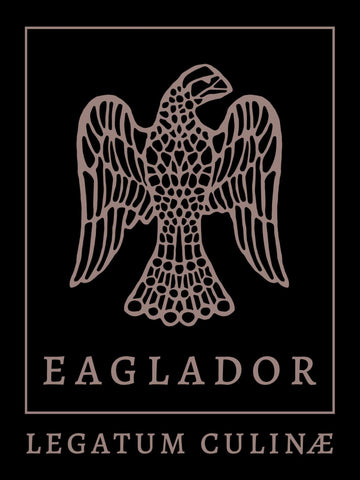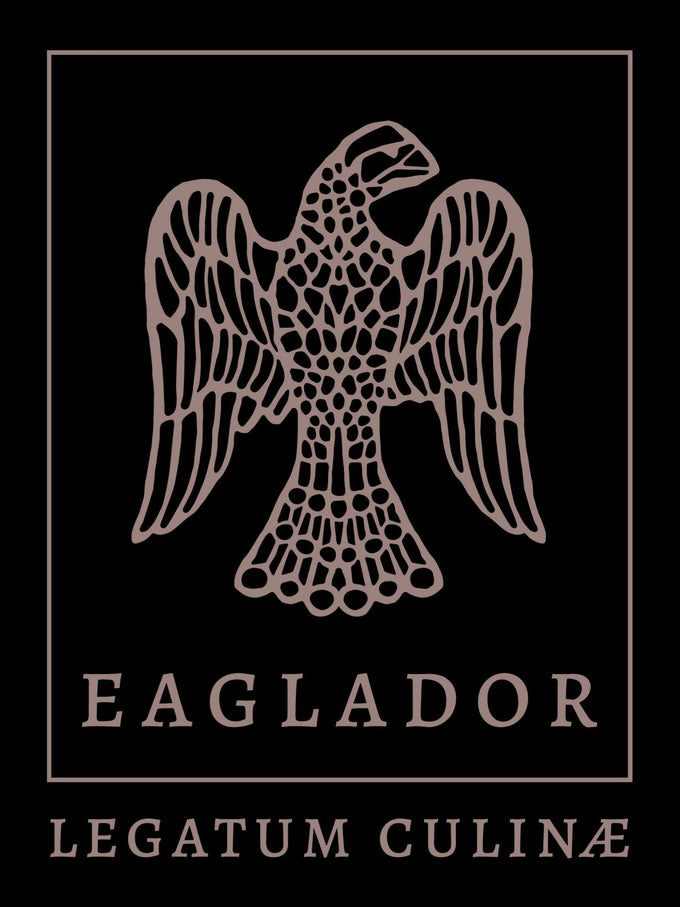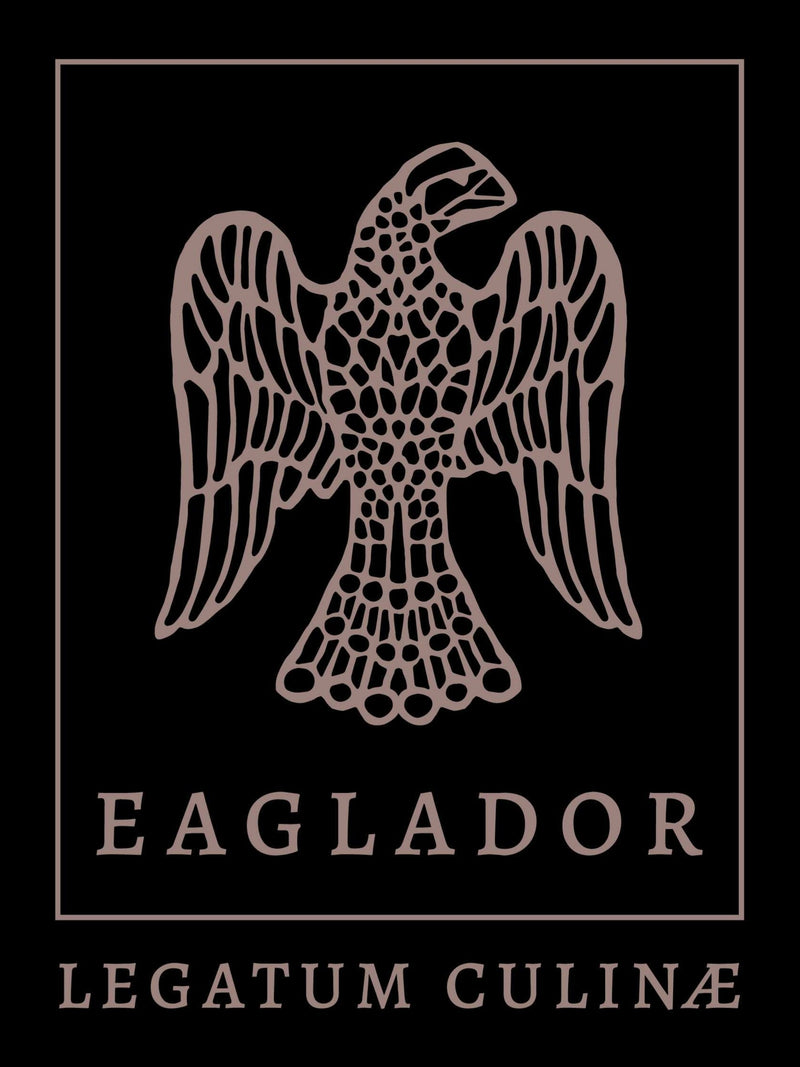What is Kansa Bronze? The Epitome of Luxury Cookware
What is Kansa Bronze? The Epitome of Luxury Cookware
Kansa is a specific type of bronze with a rich culinary history and has maintained a place in the creation of utensils and cookware for over three thousand years, renowned for its higher-than-average tin content. It is essentially the same alloy as traditional bronze, composed of copper and tin, but refined to a precise ratio of 78:22—whereas the average copper-tin bronze ratio is 85:15.
The composition of Kansa provides a naturally non-stick and non-toxic surface through tin, while copper delivers ultra-conductive heat distribution. Unlike ordinary non-stick coated pans that require relining, the tin in Kansa is an integral part of the alloy, offering eternal performance and sophistication that lasts a lifetime.
To craft Kansa, copper and tin are heated together at 400-700 degrees Celsius to form this premium bronze. The molten metal is then shaped into ingots, which are remelted and poured into bespoke moulds to create sculptural castings.
Kansa and Luxury Cookware
Today Kansa is gaining modern appeal as a material for luxury cookware due to its unique blend of functional, health, and aesthetic qualities. Below, I'll discuss why Kansa stands out as an ideal choice for high-end kitchenware, drawing on its properties that combine tradition with contemporary luxury standards.
Superior Material Properties for Cooking
Kansa excels in heat distribution, conducting warmth evenly across its surface to prevent hot spots and ensure consistent cooking results. This makes it particularly suitable for slow-cooking dishes, simmering curries, or preparing delicate foods where precise temperature control is key. Unlike many modern non-stick pans that rely on chemical coatings, Kansa is naturally non-stick without synthetic additives. Its corrosion resistance means it won't rust or tarnish, even in humid environments, contributing to its longevity—often lasting for generations with minimal maintenance. This durability aligns perfectly with luxury cookware's emphasis on heirloom-quality pieces that transcend disposable trends.
Sustainable Luxury Approach
In terms of sustainability, Kansa is fully recyclable and requires no harmful treatments, making it an eco-conscious option for discerning buyers who prioritize ethical sourcing. High-end brands often highlight its artisanal casting process, where skilled craftsmen work with the metal, resulting in unique sculptural designs and shapes that elevate it beyond mass-produced alternatives. Bronze also lasts for thousands of years and the luxury cookware made of it will last several generations of use. It will not wear out or need replacing thus benefiting from a low carbon footprint.
One of Kansa's standout features for luxury cookware is its health-promoting attributes, which appeal to wellness-focused consumers. The copper content imparts antimicrobial properties, helping to inhibit bacterial growth on the surface and potentially making meals safer. According to Ayurvedic traditions, cooking and eating from Kansa can alkalize food, balance acidity, and aid digestion by interacting with ingredients to release trace minerals like copper and tin. These interactions are believed to boost immunity, support haemoglobin production, and even detoxify the body subtly. Unlike toxic materials in some budget cookware, Kansa is non-toxic and safe for daily use, avoiding leaching harmful substances.
For luxury buyers, this ties into a holistic lifestyle—Kansa isn't just functional; it's seen as a tool for enhancing overall well-being, much like how high-end brands market organic or wellness-oriented products. It's especially popular for serving ware, where its ability to retain nutrients and add a subtle metallic enrichment to food elevates the dining experience.
Aesthetic and Cultural Appeal in Luxury Contexts
What truly positions Kansa as luxury cookware is its timeless elegance and cultural heritage. The alloy's warm, golden hue and subtle sheen give it a sophisticated, antique-like appearance that complements high-end kitchen designs, whether minimalist modern or rustic traditional. Kansa pieces double as decorative display items, blending utility with art. Kansa's rich culinary history offers a sense of exclusivity and storytelling—each piece carries the legacy of generations-old techniques.
From a market perspective, Kansa commands premium pricing due to its labour-intensive production and limited availability from authentic artisans. Luxury Cookware brands position it as an investment in lasting luxury.
In summary, Kansa's suitability for luxury cookware stems from its exceptional durability, health benefits, and artisanal charm, making it a standout choice for those who value quality, aesthetics, and wellness over cheaper alternatives that degrade. Kansa rewards in performance and prestige make it a worthwhile indulgence for serious home chefs or collectors
How Does a High Tin Content in Kansa Prevent Leaching?
Leaching refers to the unwanted dissolution or migration of metal ions (copper) from the utensil into food or liquids, which can occur in reactive cookware, especially with acidic ingredients like tomatoes, lemon or vinegar. This can lead to off-flavours, nutrient alteration, or health risks like copper toxicity if excessive.
The high tin content (22%) in Kansa bronze plays a crucial role in preventing this:
- Protective Barrier Formation: Tin integrates into the alloy to form a solid-solution-strengthened structure, creating a stable, non-reactive layer on the surface and within the alloy. This acts as a physical and chemical barrier, restricting direct contact between the copper base and food, thereby inhibiting copper ions from migrating or leaching out.
- Enhanced Corrosion Resistance: At higher tin levels, the alloy develops superior resistance to corrosion and oxidation. In acidic or alkaline environments, tin helps form a passive oxide patina (similar to how patinas protect outdoor bronzes) that seals off active sites where metal ions could dissolve. This patina occupies potential corrosion spots, reducing the formation of free metal ions and preventing further degradation or leaching. Studies on high-tin bronzes show this resistance is particularly effective against acids, making the material stable in food preparation without releasing harmful amounts of metals.
- Non-Reactivity: Tin itself is largely inert to food acids and alkalis, unlike pure copper which can react more readily. This ensures the overall alloy does not alter food taste, pH, or nutritional value, further minimizing any leaching risks.
This allows Kansa to be uncoated and PFAS free of any toxins. It is a pure metal.
How does Kansa Protect Nutrients?
Kansa cookware helps preserve the nutritional integrity of food through several mechanisms:
- Minimal Nutrient Loss: Unlike some modern cookware that can lead to higher nutrient degradation, Kansa is said to retain up to 93% of the food's nutritional value by minimizing losses during the cooking process, thanks to its stable metal composition that avoids harsh reactions with ingredients.
- Alkaline Neutralization: The alloy's naturally alkaline properties counteract acidity in foods (like those with tomatoes or citrus), preventing the breakdown of sensitive vitamins and minerals that might otherwise occur in acidic environments. This pH balancing ensures nutrients remain intact without excessive degradation.
- Even Heat Distribution and Chemical-Free Nature: Copper's high thermal conductivity allows for uniform cooking without hot spots that could overcook or destroy heat-sensitive nutrients like vitamins C and B. Additionally, Kansa lacks synthetic coatings or toxins, so it doesn't leach harmful substances that might interfere with or contaminate the food's nutrient profile.
- Protective Layer: The tin component forms a natural barrier that prevents unwanted metallic flavours or reactions, maintaining the food's original nutrient composition while allowing beneficial trace minerals to infuse subtly.
Why Kansa is Good for Food Absorption?
Kansa is believed to enhance the body's ability to absorb nutrients from food by improving digestion and providing trace minerals, making meals more bioavailable:
- Trace Mineral Infusion: During cooking or serving, small amounts of copper and tin leach into the food. Copper, an essential mineral, supports iron absorption, haemoglobin production, and immune function, which can improve overall nutrient uptake. Tin contributes to detoxification, potentially clearing pathways for better absorption.
- Digestive Enhancement: The cookware promotes gut health by stimulating digestive enzymes and "agni" (digestive fire) in Ayurvedic terms, leading to more efficient breakdown of food. This results in reduced bloating, better pH balance in the stomach, and healthier gut flora, all of which facilitate superior absorption of vitamins, minerals, and other nutrients.
- Anti-Inflammatory and Antimicrobial Effects: Copper's natural antibacterial properties reduce harmful bacteria in food, supporting a cleaner digestive system. Combined with anti-inflammatory benefits, this can alleviate gut inflammation that might otherwise hinder absorption, leading to improved metabolic and immune responses.
- Dosha Balancing: In Ayurveda, Kansa's warming energy (Ushna Virya) and cooling properties help balance the body's doshas (Vata, Pitta, Kapha), creating an optimal internal environment for nutrient utilization and reducing issues like indigestion that impair absorption.
Does Kansa have any health benefits?
According to Ayurveda, eating or drinking from bronze helps:
- Balance the body’s pH Support digestion and gut health - Eating or drinking from Kansa utensils is said to enhance digestion by naturally alkalizing food, balancing its pH levels, and reducing acidity. This can help with nutrient absorption and prevent digestive disorders. Additionally, it's believed to support gut health holistically, potentially aiding in conditions like indigestion by improving overall vitality.
- Anti-Inflammatory Effects - Kansa is traditionally used in Ayurvedic medicine for its anti-inflammatory properties, which may help alleviate conditions like arthritis or joint pain. Some sources claim it's more effective than common anti-inflammatory drugs like ibuprofen in reducing swelling, though this is anecdotal and not supported by rigorous clinical trials. The copper in the alloy is credited with contributing to these effects by interacting with the body's bio energies.
- Boosted Immunity and Vitality - Regular use of Kansa cookware is thought to strengthen the immune system, providing the body with resilience against illnesses. Ayurveda attributes this to the metal's ability to infuse trace minerals into food, which may enhance energy levels, reduce stress, and promote longevity. This aligns with its sattvic nature, which is said to purify the mind and body.
- Balance the Dosha's - Ayurveda emphasizes balancing the three doshas (Vata, Pitta, and Kapha) for optimal health. Kansa is believed to harmonize these energies: it helps balance Vata (associated with movement and air) and Kapha (linked to structure and earth), while detoxifying Pitta (related to fire and transformation), fostering a calm internal environment. This is thought to reduce imbalances that lead to issues like anxiety, digestive problems, or inflammation.
Indulging in meals from copper-infused vessels like Kansa fulfils the need for essential copper trace elements, supporting optimal thyroid function. Copper also eases inflammation, boosts haemoglobin, and imparts vital medicinal properties to food or water, enhancing overall vitality. As a key component in melanin production, it contributes to radiant skin and diminishes signs of aging. Copper aids in breaking down fats for weight management and supports cardiovascular health by regulating blood pressure.












